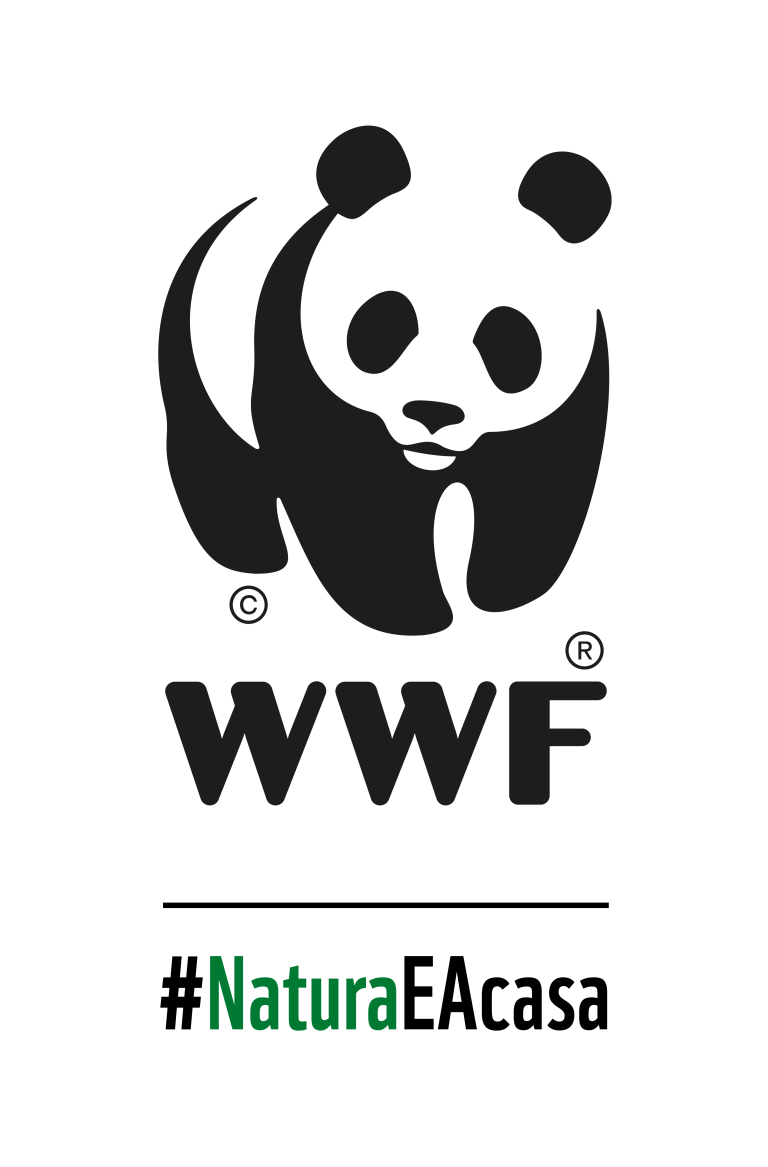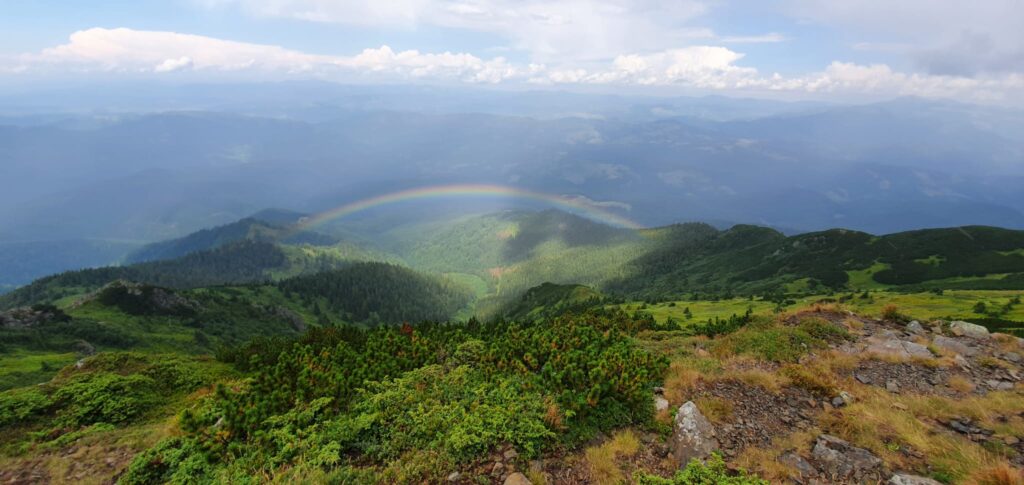Romania has a nature-based forestry model, unique in Europe. WWF presents a strategic vision showing strategic vision how we can turn this legacy into a driving force for a sustainable bioeconomy – one that can meet today’s climate and economic challenges.
WWF-Romania has just launched a new strategic report that brings forward one of the country’s rare national assets: its forestry model. This model has the potential to become a key solution for the green transition, climate change adaptation and the development of a sustainable forest-based bioeconomy.
Romania is home to some of the most well-preserved forest landscapes in Europe. This is no coincidence, but the result of a forestry system grounded in strong ecological principles, consistently applied for over a century. Despite economic, administrative or ideological pressures, this model has survived and has produced forests that conserve biodiversity, support climate resilience and provide high-quality timber.
At a time when Europe is urgently seeking effective solutions to address the climate and biodiversity crises, Romania is well-positioned to make a meaningful contribution by strengthening and promoting its nature-based forestry approach.
The report, “Resilient Forests, Sustainable Bioeconomy – A Strategic Vision for the Future of Romania’s Forests,” provides an integrated analysis of this Romanian model, highlighting its distinct features: natural regeneration, native species diversity, long production cycles (over 100 years), extended ecological resting periods and long-term forest planning at the landscape level. These principles underpin forests capable of delivering essential ecosystem services and supporting a strong, competitive and sustainable local bioeconomy.
The document also emphasizes the crucial link between forest management and wood use: a well-managed forest needs an economy that respects nature’s rhythms and transforms timber into value-added products. This symbiosis between forestry and the forest-based economy is key to long-term sustainability.
Still, the report draws attention to several major challenges that threaten to undermine this model:
- lack of dedicated financial support for forests;
- high costs for complying with environmental standards;
- economic pressure to increase harvesting levels;
- administrative fragmentation of forest ownership;
- the limited use of Romania’s high-quality wood for value-added products.
To address these challenges, WWF proposes a set of concrete strategic solutions: recognizing forests as a strategic sector in the next EU Multiannual Financial Framework (2028–2034), allocating performance-based funding, reforming the wood sales system, supporting smallholder associations and introducing administrative reforms that improve efficiency and transparency.
This report is more than just an analysis—it is a call to action. A call addressed to policymakers, national and EU authorities, the forestry sector, academia, and civil society. If we want a sustainable forest-based bioeconomy, we need coherent policies, smart investment and a clear vision for the future of Romania’s forests.

